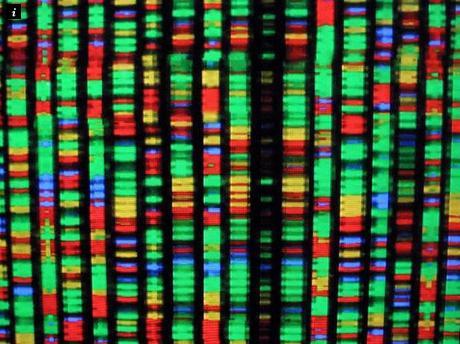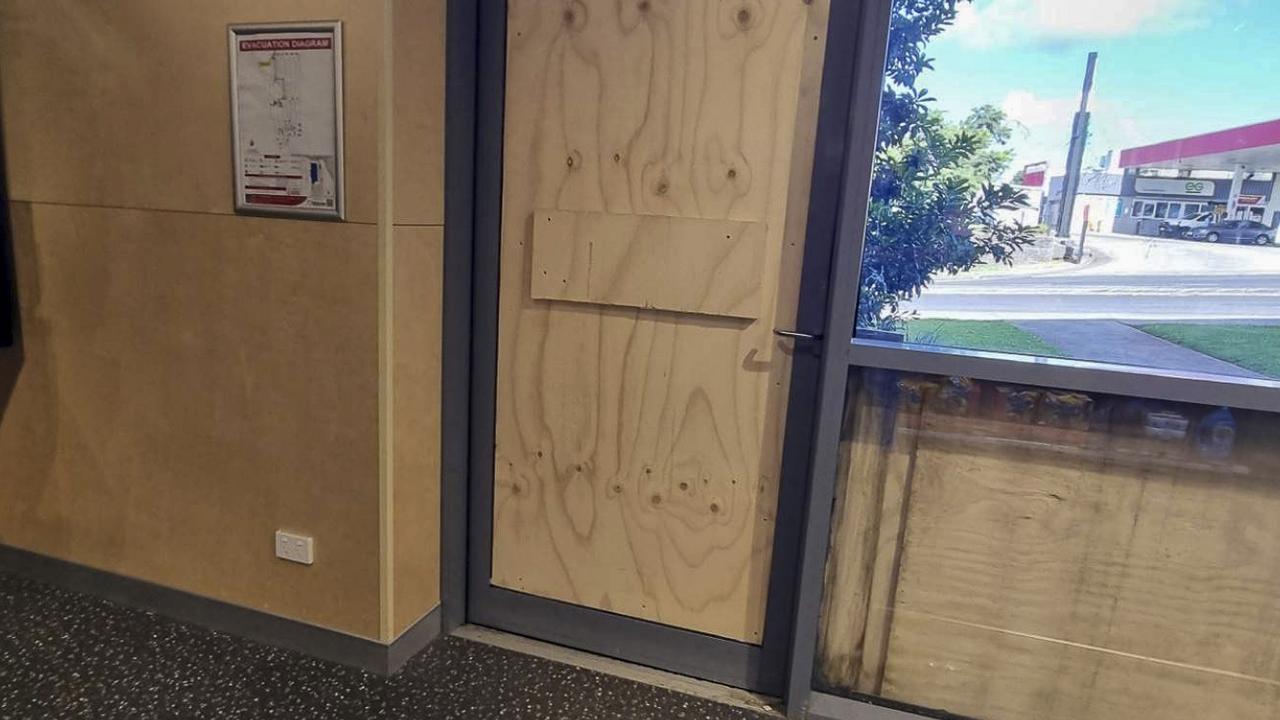DNA revolution holds key to better rural health
GENOMIC technology may hold the key to bridging a vast health gap which has led to remote Australians having a 40% higher death rate than those in the cities.

Grafton
Don't miss out on the headlines from Grafton. Followed categories will be added to My News.
GENOMIC technology may hold the key to bridging a vast health gap which has led to remote Australians having a 40% higher death rate than those in the cities.
The new Medical Research and Rural Health Garvan Report has revealed shocking statistics about the city-rural divide.
Garvan Research Foundation CEO Andrew Giles said revolutionary new research in genomic technologies could greatly diminish the disparity, allowing rural patients to foresee what their future holds.
He attributed much of the gap to geography and the undersupply of health professionals in more remote areas.
"We are currently in the midst of the genomic revolution - using the information contained in an individual's DNA to understand the basis of human development, help evaluate the genetic risk of disease, predict outcomes and determine the most effective treatments for each individual," he said.
"This has the potential over time to improve the health of those Australians living in regional, rural and remote areas."
A genome is a person's complete set of genetic information inherited from their parents, contained within DNA molecules in every cell of the body.
All diseases have a genetic component, whether they are inherited disorders or complex diseases such as cancer and diabetes.
The cost of sequencing a human genome has dropped from more than $1.5 billion to less than $1400 in just over a decade.
"Medical research has the potential to help change the future health of rural and remote Australians because it is evolving at a dizzying rate," the report stated.
"The challenge is to ensure that innovation in research and medicine is equalled by innovative policies that increase access to discovery for all Australians."
By harnessing a person's DNA to predict their likely future health problems, patients could change their bad habits to stave off the likely consequences - and rural and regional Australians were found to participate in much more unhealthy lifestyles than their city counterparts.
It could also mean cheaper and faster treatment and a reduction in "long, drawn-out testing odysseys" to discover the cause of an ailment, meaning rural patients could be away from home for a much shorter period.
"Not surprisingly, the application of genome sequencing in research has shown a dramatically increased diagnostic rate for common diseases," the report stated.
"Quicker answers mean patients can avoid uncomfortable diagnostic procedures and long, drawn-out testing odysseys.
"Diagnostic shortcuts also avoid some of the medical costs of diagnostic odysseys - and may even lead to reduced treatment costs."
REGIONAL DIVIDE
- 40% higher death rate in remote areas than in major cities
- life expectancy is 2.5 years lower for males and 1.3 years lower for females for outer regional, remote and very remote areas
- five-year survival for cancer decreases with increasing remoteness
- diabetes ranks higher as a cause of death among people living in remote and very remote areas
- the prevalence of asthma is significantly higher in people living in inner-regional areas compared with major cities or outer-regional and remote areas
- adults living in outer-regional and remote areas are more likely to be overweight or obese (69.5%) compared with major cities (60.2%)
- 20% of adults, including about 960,000 people living in regional, rural and remote areas, have experienced a mental disorder in the previous year
- suicide rate is 66% higher in the country
- suicide among young indigenous people (aged 15-24) is five times higher than non-indigenous
- leading causes of death for indigenous Australians are cardiovascular diseases, cancer, injury, diabetes and respiratory diseases
Originally published as DNA revolution holds key to better rural health


